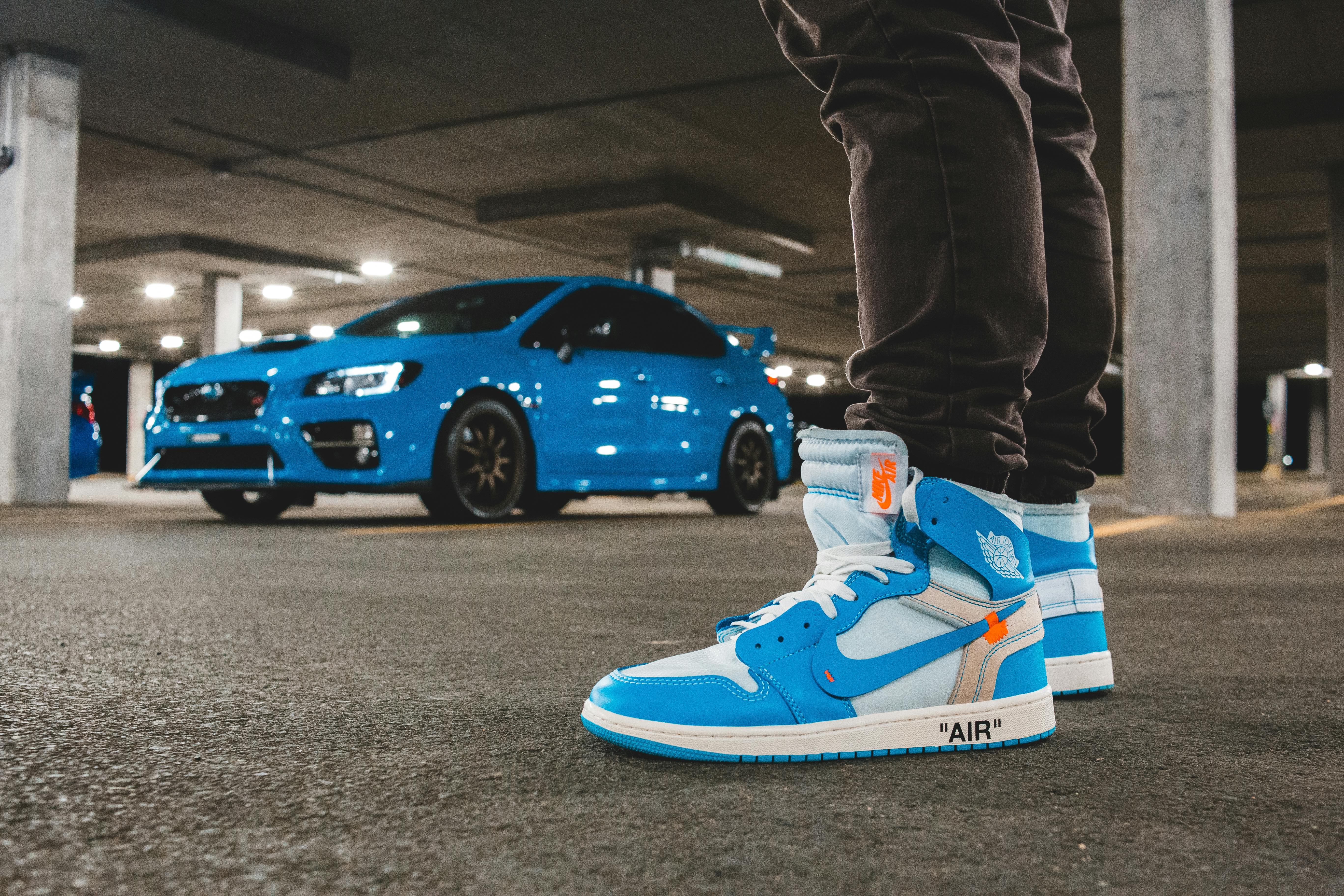Things have certainly evolved a lot in recent years. Smartphone manufacturers have been working 24/7 to come up with new ideas for their devices, allowing them to claim the top spot. Earlier this year, LG was the first manufacturer to create a smartphone without 3D glasses (Optimus 3D) and they created a huge media frenzy as a result. It didn’t take long for HTC to see the capabilities that a smartphone could bring and as a result, the HTC Evo 3D was born. Well, we thought it would be a good idea to put these two pioneering phones in the sand and see which one will prevail as the king of 3D phones.
Starting with the shape and design of the phones, it seems obvious that they have a lot of similarities, probably following in Samsung’s footsteps with the Galaxy S II, targeting slimmer, longer and more angular devices, which is a good thing in our opinion. The dimensions of the phones are as follows: LG Optimus 3D measures 128.8 x 68 x 11.9mm and weighs 168g, while HTC Evo 3D has the following numbers: 126 x 65 x 12.1mm, 170g . As we said, there is no room for differentiation here. In terms of visual style, the Optimus 3D has a slight problem. LG chose a thick metal bar on the back panel to place the dual cameras and also recorded a “3D stereoscope” that doesn’t really look very good. Meanwhile, the HTC layout is much more subtle, blending in perfectly with the pretty design of the rest of the phone while keeping a low profile. As a result, this first round goes to the Evo 3D.
Moving on to the display: the new kid in town, the Evo 3D has a 4.3-inch capacitive LCD touchscreen that runs at 540 x 960 resolution with multi-touch input, accelerometer, and the HTC Sense user interface. Its competitor, the Optimus 3D also has a 4.3-inch capacitive LCD touchscreen, but with a smaller 480 x 800 resolution and no multi-touch. Although it uses LG’s 3D user interface and has the usual accelerometer and sensors, the Optimus 3D also loses this second round, due to the lower resolution of the screen and the lack of additional functions such as multi-touch. Winner: HTC Evo 3D again.
The operating system is the next chapter in our comparison and things are pretty easy in this part. Given that both phones are running Android 2.3 Gingerbread and both are announced as eligible candidates to receive the next Android 4.0 Ice Cream Sandwich update, we have no choice but to declare this round a giveaway.
Let’s now take a look at the ‘engines’ of these two 3D smartphones. The Optimus 3D processor is a 1 GHz dual-core ARM Cortex-A9 running the TI OMAP4430 chipset and features a PowerVR SGX540 graphics processing unit (GPU). Meanwhile, HTC decided to go with a 1.2 GHz Qualcomm MSM8660 dual-core processor on the Snapdragon chipset and with an Adreno 220 GPU. Personally, we like the Cortex-A9 on the Optimus, but these new Snapdragon processors are really top-notch. , which helps the Evo 3D win one more round.
When it comes to storage, things aren’t looking that good for the Evo 3D. It only comes with 1GB or 4GB of internal space, while Optimus packs a much better 8GB. Both phones support microSD cards up to 32GB. On the RAM side, the Evo makes up for the lack of storage with its 1GB of RAM compared to the 512MB the Optimus has. This is the perfect round where we would like to put these phones together and make them one. The Evo 3D has twice the RAM as the Optimus 3D, but the LG phone has a much higher on-board storage capacity, which is also something we greatly appreciate these days. It is a classic draw, without a doubt.
Apps: As we said, both devices are running Android 2.3 Gingerbread and as a consequence have access to thousands of apps through the Android Marketplace. Due to their fairly powerful processors, neither phone should have a hard time running most of the apps and games that are currently available. At the moment, there isn’t a wide range of 3D-specific apps and games to choose from, but as time goes on, surely both phones will be able to fully benefit from their 3D capabilities. This round ends in another draw.
As for the camera, phones naturally rely on its nifty 3D wizardry. Both the Evo and Optimus models need dual stereoscopic camera arrangements to capture photos and videos without 3D glasses. Starting with the Evo 3D, it features a 5MP primary dual setup with a 2560 x 1920 resolution, but stereoscopic 3D photos are captured rotating at about 2MP. Video capture is done in 2D at 1080p and in 3D at 720p. Features like geotagging and LED flash are present, as well as a 1.3MP secondary camera. The LG Optimus 3D has the same dual 5MP cameras that also capture at 2560 x 1920 resolution, 1080p in 2D, and 720p in 3D, with the same LED flash, geotagging, and secondary camera capabilities. As you can easily see, since both devices use a similar specialized setup, the result can only end in a draw.




